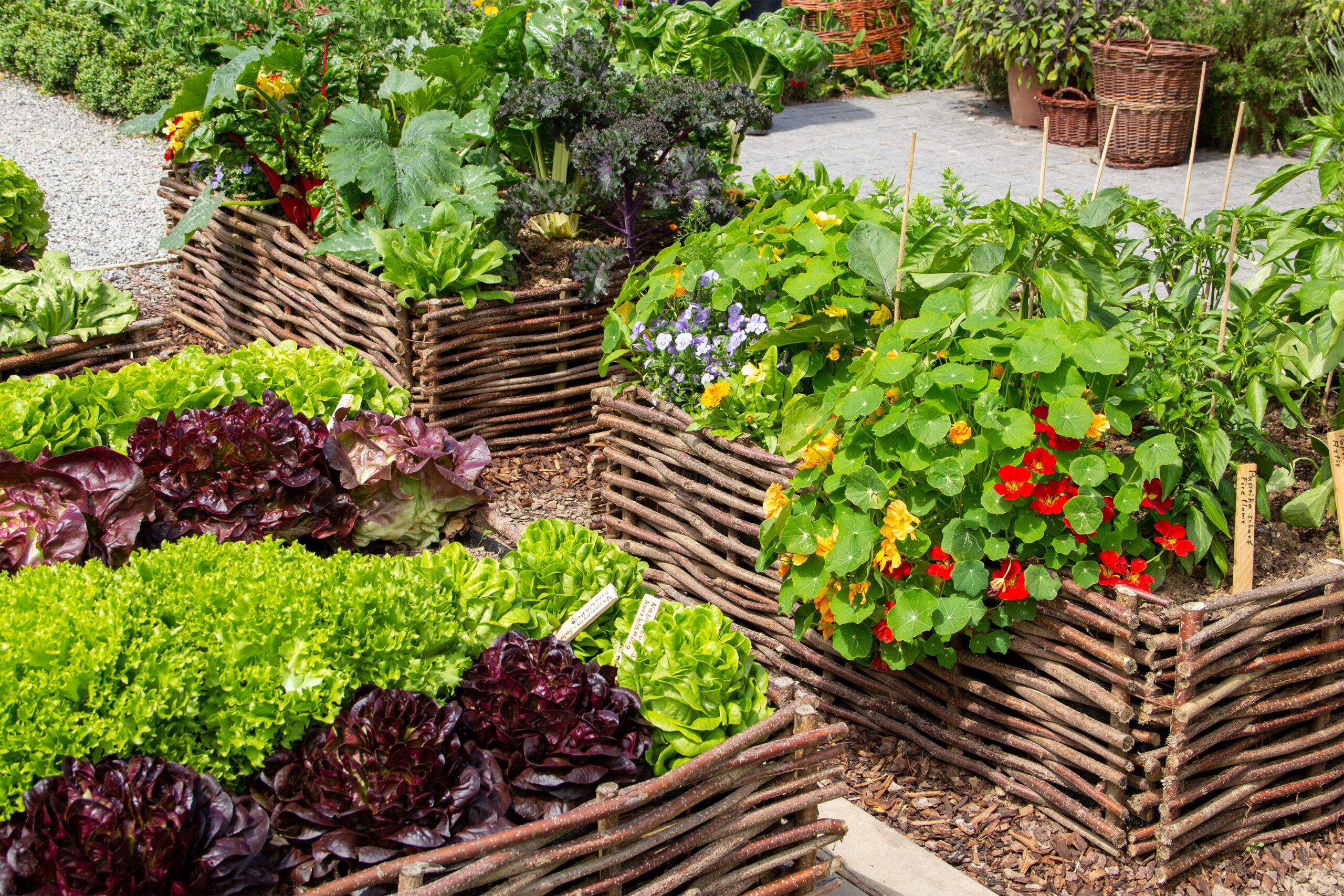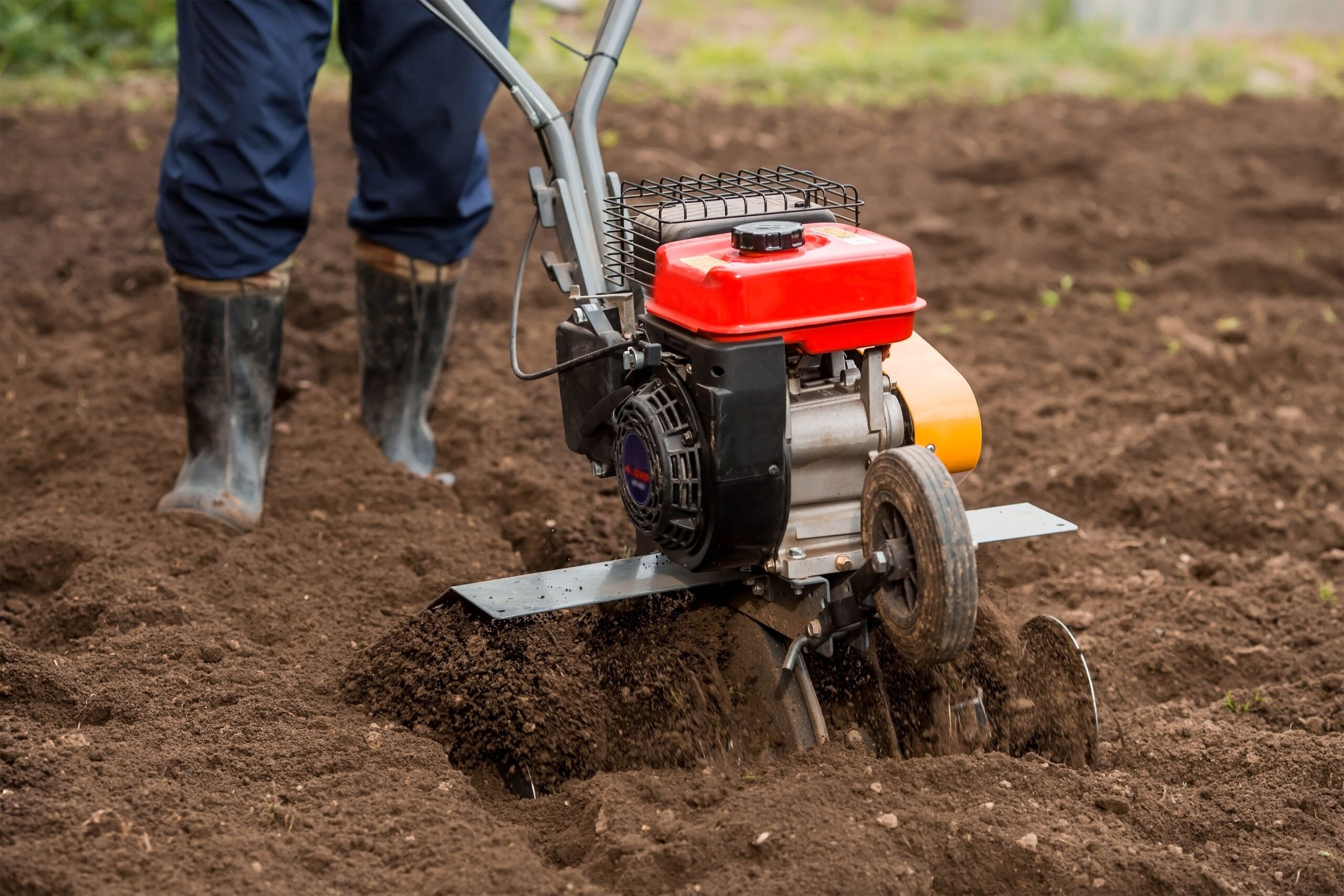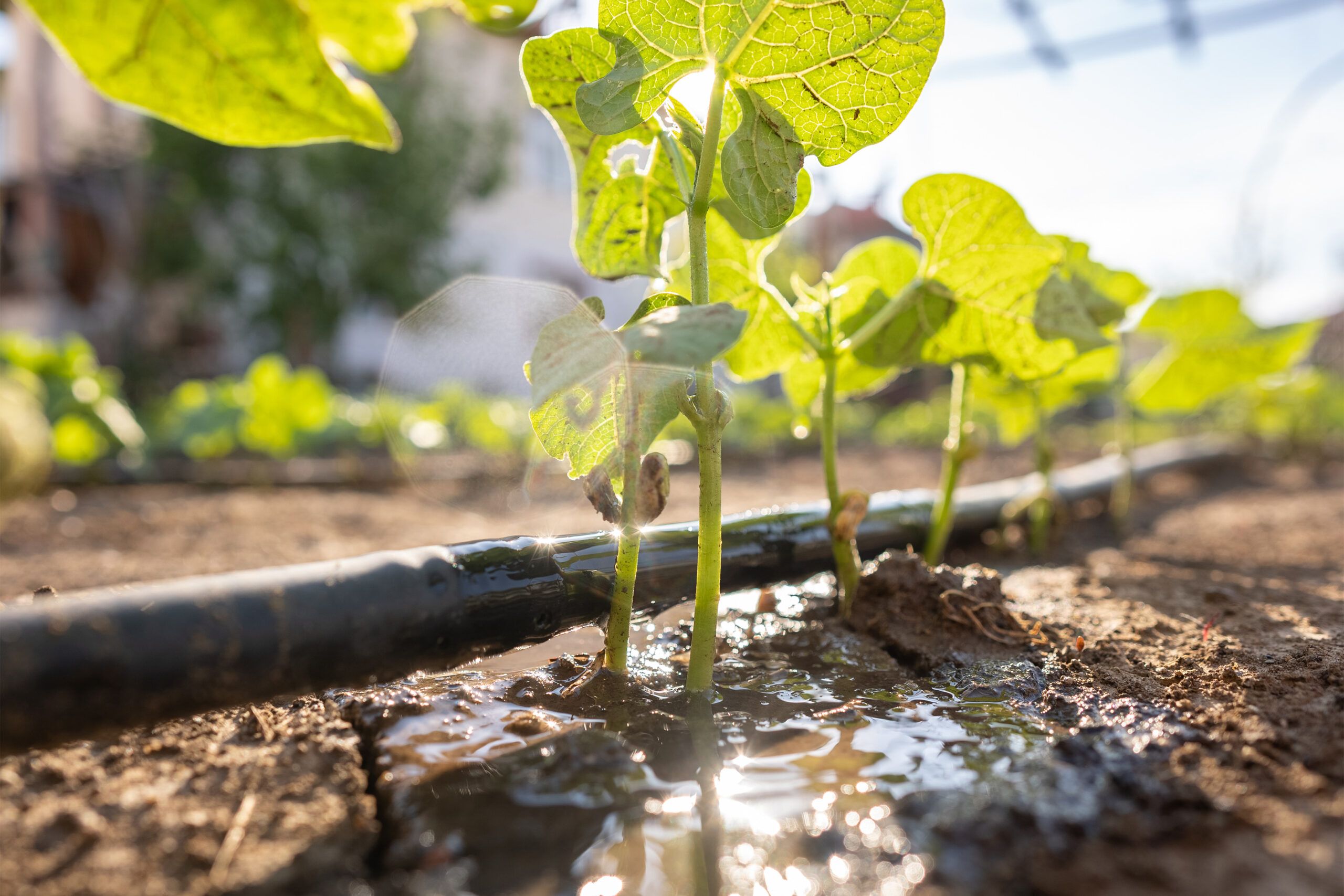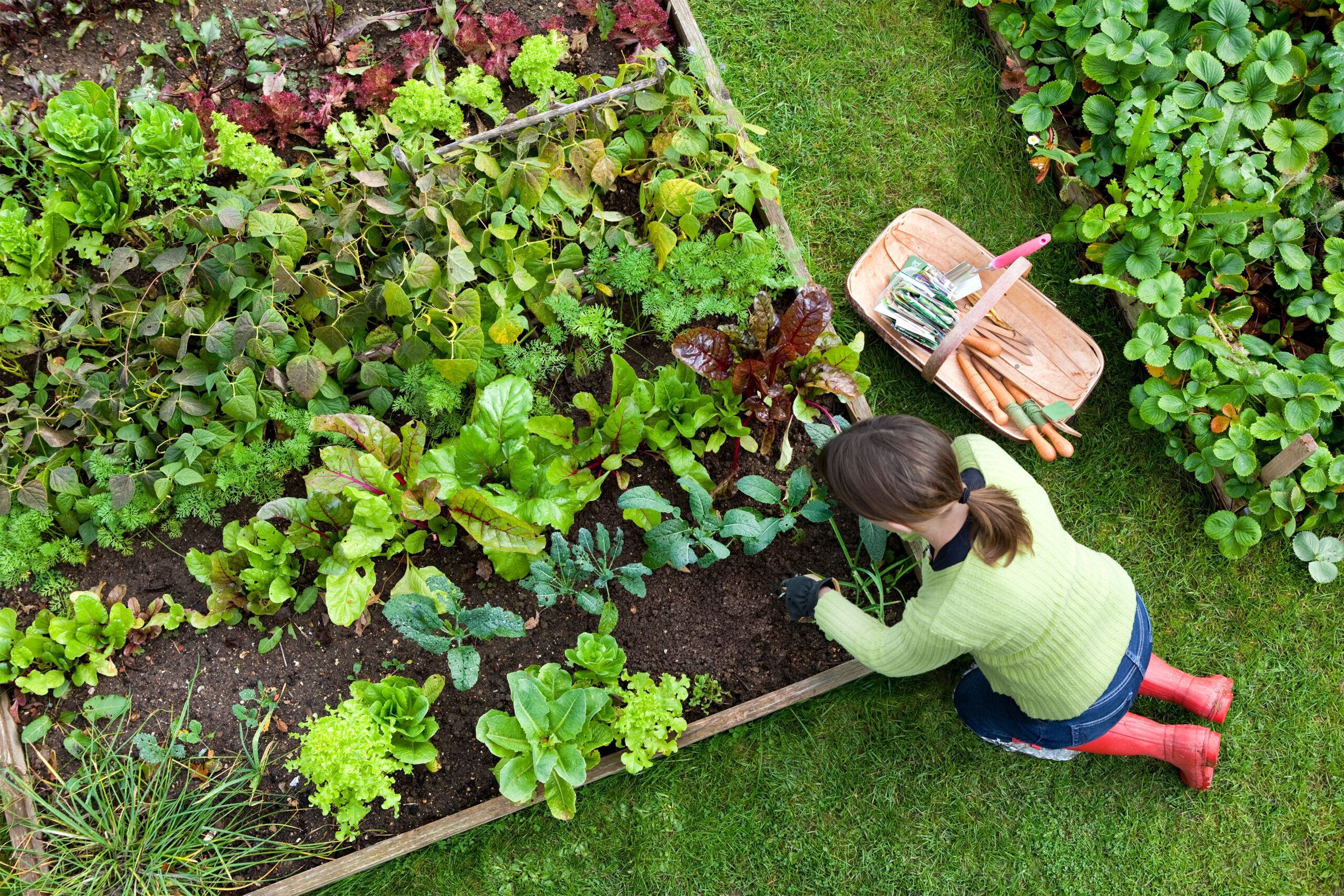Growing healthy produce takes a bit more know-how than tossing a few seeds in the ground. On the most basic level, vegetable plants need quality soil, ample sunshine, and the right amount of water to achieve a good harvest, but the way you plan and care for your garden in the early stages is crucial. Use the tips in this guide to get your veggie garden growing strong.
Start Small
Gardening greenhorns should keep in mind that bigger isn’t better. “If you start small, it’s a lot easier to achieve success,” says gardening pro Katie Pencke, co-owner of Alluvial Farms in Everson, Washington. Pencke points out that most community-garden plots are 10 feet square, a more than ample size for novices. But, of course, you can plant an even smaller patch, as your space allows.
Know Your Hardiness Zone
The USDA Plant Hardiness Zone Map informs gardeners of the types of produce will most likely thrive in their area. Knowing your zone will help you choose plants that suit your climate. This doesn’t mean, for example, that you can’t grow okra, a Southern staple, in Maine, but you will have to be extra careful when planting to outsmart the frost.
Survey Your Sunshine
Light is essential to a successful vegetable garden, so study your yard at different times of day to figure out where it receives the most sunshine and for how long. Fruiting plants like tomatoes, eggplant, peppers, and squash need a good eight to 10 hours of sunshine daily. If your garden gets only four to six hours of sun, you’ll likely do well with greens: lettuce, spinach, arugula, Swiss chard, collards, and kale. Root vegetables such as turnips, carrots, and beets are another option for a plot that gets less sun.
Map Out Your Garden
Once you’ve settled on a site and size for your garden, sketch various plans on paper for planting beds and paths. A horseshoe shape within a 10-foot square can be ideal, since you should be able to reach everything from the center or the perimeter. Then, it often works best to divide each garden bed into square-foot sections, devoting each one to the number of plants that can use the space efficiently. For instance, you might put in nine bush beans, since they need about 4 inches between plants, or 16 onions, spaced 3 inches apart.
Consider Raised Beds

Built on bottomless frames that hold soil above the ground, raised vegetable beds bring plants to a comfortable working height, which can take the backaches out of gardening. Raised beds also improve drainage, which is important since many vegetables need both ample water and well-draining soil. The frames can be constructed from naturally rot-resistant wood, such as cedar or juniper (avoid treated wood), concrete or granite blocks, even bales of straw sprinkled with a nitrogen source (e.g., alfalfa meal) and covered with a thin layer of topsoil. (Check out this tutorial to build your own raised beds.) You can even skip the edging entirely—simply mound up soil to create a berm at the desired height.
Get a Soil Test
Quality soil is the literal foundation of a good vegetable garden. “Poor soil quality can lead to stunted plant growth and increased susceptibility to pests and diseases,” says This Old House landscape expert Lee Gilliam. Since knowledge is power, get a soil test to gain an accurate understanding of what you’re dealing with, which will inform whatever improvements you can make. You’ll learn the pH level of your soil (a pH range between 6.0 to 7.0 is ideal for most veggies) and its nutrient content—the three basic nutrients, nitrogen (N), phosphorus (P), and potassium (K), as well as such secondary components as calcium and sulfur. Depending on the analysis, you may then opt to fertilize and/or amend with organic matter and minerals. “Many county extension offices offer soil testing services, often at low or no cost to you,” Gilliam says. You can also purchase home soil test kits from garden centers or online retailers.
Pick Your Plants
Now comes the fun part—choosing your crops. Think of cool-season veggies (such as radishes, carrots, and most greens) for planting in early spring and warm-season varieties (like tomatoes, peppers, and cucumbers) to harvest through the summer and into fall. You’ll also have to decide whether to start from seeds or partially grown plants—or, as many gardeners do, employ a combination of both.
- Seeds are less expensive and may result in more robust plants, since there’s no risk of damaging fragile root hairs during transplanting. Root vegetables, in particular, typically don’t transplant well and are best started from seeds. However, seeds may need protection from predators. Draping row-cover fabric over beds for a few weeks can keep hungry birds at bay, while cardboard collars placed around seedlings are helpful at blocking cutworms, which nip off shoots at the soil line.
- Partially grown tomatoes and peppers from a local nursery may be pricey, but because they transplant well, they can kickstart a garden with ease. Nurseries also offer a large selection of herbs, like parsley and basil, that are ready to plant. These larger transplants are less likely to suffer damage from birds or cutworms.
Till Your Turf

Hard, compacted soil can strain the delicate roots of new seedlings and prevent them from getting the water they require. So, prior to spring planting, till the earth to loosen things up nicely. First, clear the area of debris, such as fallen leaves, twigs, and rocks. Then use a tiller (available for rent at home improvement stores) or a garden fork or spade to manually turn the soil. Your aerated ground will be more hospitable to germinating seeds and welcome beneficial earthworms that will help maintain the soil’s fluffiness factor.
Add Fertilizer and Amendments
The results of soil testing will tell you what may be lacking, so factor that info in with the specific needs of crops you want to grow. Tomato seedlings, for example, like a balanced fertilizer with slightly higher nitrogen content, such as 10-5-5. (Note: Once tomato plants start to flower, switch to a 5-10-10 fertilizer; the increased phosphorus and potassium will amp fruit production.) Adding a 2-inch layer of compost will enrich the soil, providing essential nutrients and improving structure. Spread a 2- to 4-inch layer of compost over tilled soil, then sprinkle organic fertilizer according to package instructions. “Mix it up, like in a salad,” Pencke advises.
Water the Right Way

Vegetables are like Goldilocks—they want their water to be just right. In general, you’ll water less in early spring and more during the hottest days of summer—but how you water counts. Most garden pros agree it’s best to deliver moisture directly to the soil rather than sprinkling water on plants. A reliable drip irrigation system could be a big help in this department. Benefits of drip irrigation include automated operation for consistent care, customizable watering for different plant needs, reduced risk of fungal diseases by keeping foliage dry, and water conservation by delivering moisture directly to plant roots.
Control Pests Naturally
No one wants to spray poison in the yard, and when it comes to crops you intend to eat, chemical pesticides are an even worse idea. Fortunately, there are excellent natural pest-control measures. “You don’t want to wipe out pests, just keep the population down,” Pencke says. Tucking row-cover fabric over plants helps keep out harmful insects. Welcoming ladybugs to your garden will deal with aphids, mealybugs, spider mites, and other soft-bodied insects. And you can also simply move any offending insects on your own when you spot one.
Keeping all these tips in mind ought to get a veggie garden off to a great beginning. Throughout the growing season, maintain a watchful eye so you can manually weed around plants, prune leaves if necessary, and keep track of changes in fertilizer needs. Then, enjoy the harvest!

